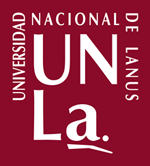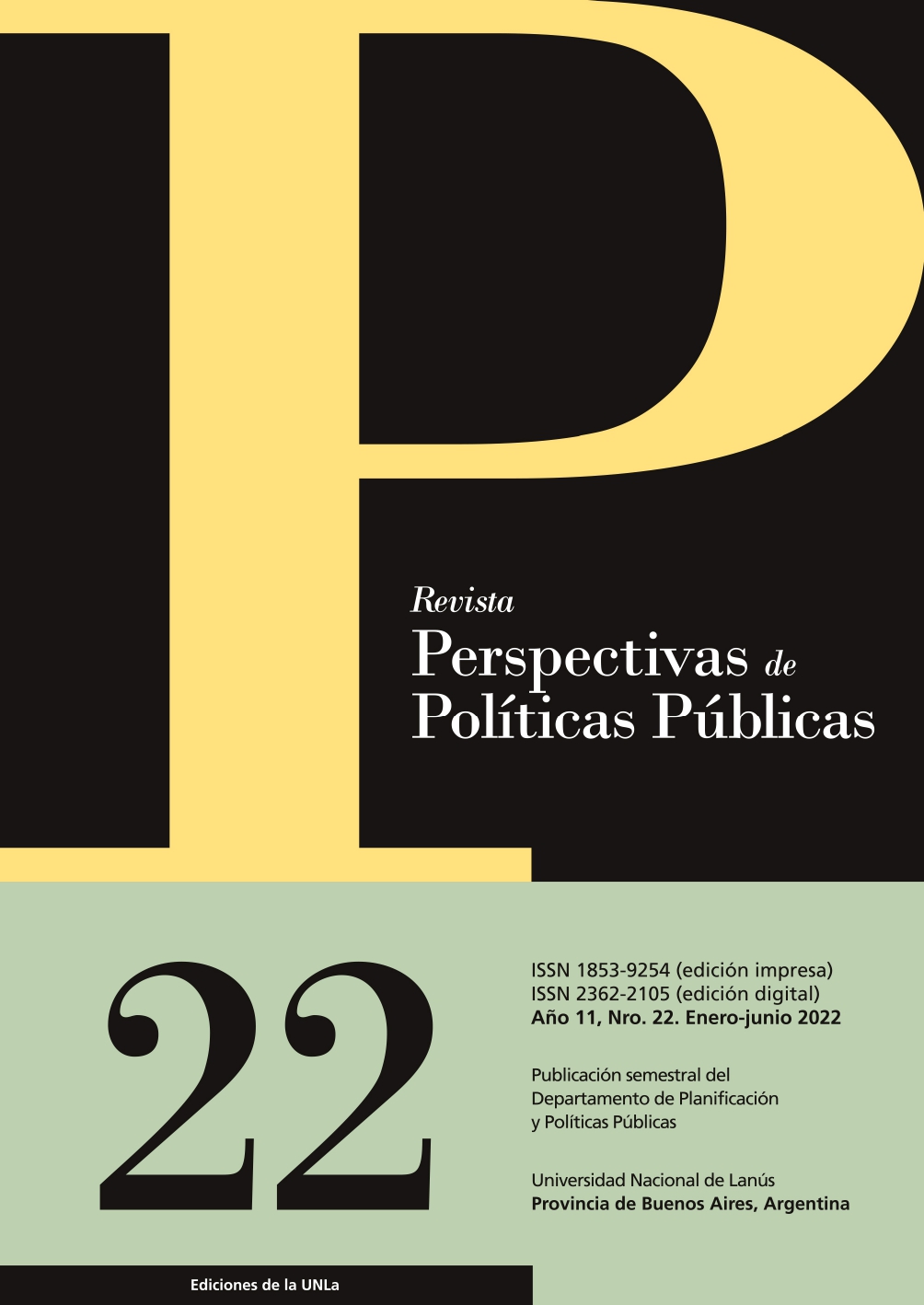Editorial
Abstract
Since the 1990s, financial transactions have far exceeded the amount of commercial transactions and the value of world production of non-financial goods and services, and have generated increasingly fast-paced cross-border movements. Various factors have contributed to this; attention is generally drawn to the development of new data processing and transmission technologies and the appearance of new financial instruments, the exponential liquidity of the world economy; consequently, the emergence of new actors and new forms of exchange on a global scale. As in previous stages or moments of economic history, the expansion of financialization stimulated the creation of tools that would enhance it and favored a greater drive for the globalization of capital. Most of these transformations had a strategic actor in the State, both in response to demands arising from the new markets and politically promoting new approaches, resources and searches. Although it is shocking to point out, many of the scientific developments and technological innovations that made these economic and cultural transformations possible took place in response to warlike demands and needs of states. After the wars, the change in scenarios created opportunities for applications of many of these innovations in times of peace. Just as the new instruments and the scientific-technological knowledge that support them did not arise spontaneously or from market initiatives - the merchants of war are dedicated to selling the already existing and proven paraphernalia, not to investments of great risk and results uncertain - also the application of these innovations in the new times require the stimulus and the state initiative. At least, to create conditions that make these novelties appealing to the markets: transform scientific truth into profitability and private utility. Think, without going any further, of space travel, recently opened to the tourist extravagances of the mega-millionaires of financial globalization. It's hard to imagine Elon Musk and Space-X without more than half a century of NASA research, huge budgets, hits and misses. It is also difficult to imagine these temptations outside of the hyper-consumerism and hyper-liquidity that neoliberalism successfully promotes, and the enormous inequalities - between countries and regions of the world, and within societies - that are its most obvious and ill-disguised effect. The two articles with which this issue of the RPPP opens focus on specific aspects of the way in which the State promotes the conditions for the expansion of financial capitalism, promotes the resignification of concepts, subjects and generates new dangerous classes in those groups that are being discarded by the new rationality of neoliberal society. The text by Tomás Nougués analyzes the incorporation of the International Strategy for Financial Inclusion into the public policies of the Alianza Cambiemos, paying special attention to its impact on social assistance policy and the "National Plan for Financial Education" -an issue that has been taken up by the current management of the Together for Change Alliance in the Autonomous City of Buenos Aires. Tatiana Jack's article studies the articulations that occur between the forms of problematization of the social inclusion of young people, the modes of construction of subjectivities and the discussions on crime control in the design and implementation of the Voluntary Civic Service Program in Values during the national government of Alianza Cambiemos. The approach that the author characterizes as psychological is compatible with the relevant intervention that is assigned in it to the National Gendarmerie, a militarized security force, in educational matters of the youth populations to which the program is directed. The texts by Nicolás Dvoskin and Florencia Aramburu and María Cecilia Zapata direct their gaze to the housing policy developed by the State in interaction with sectors of the real estate market and middle sectors of the urban population. Dvoskin focuses on the developmentalist policies of the 1955-76 period and its variations at certain moments of the same; Aramburu and Zapata discuss the main features of the federal housing plans in Greater Buenos Aires and inquire about their effective results. The nationalization of the railways carried out by the first government of Juan Domingo Perón continues to motivate the interest of academic research. Jonás Chaia De Bellis adds to this production a text that interprets the measure adopted in the light of the coalition of social actors on which the government that carried it out was based and of the impulse to a development program of a national capitalism, in the political-structural, internal and international context of the time. Referring to another moment in national history and to another configuration of its social and political map, and to passenger transport in general and not only to rail, Candela Hernández presents a critical treatment of the participation of user organizations of these means of transport. in the provision of services in the Metropolitan Area of Buenos Aires. Different social structures, different regimes for the provision of services, different perceptions of the social subject involved in the use of the means of transport, different forms of participation. The development of public works was one of the most notable features of the government efforts of Néstor Kirchner and Cristina Fernández de Kirchner (2003-2015). Within this, the expansion of the sanitation and drinking water networks reached a special dynamism, particularly in comparison with the years and previous government efforts. The text by Federico Favata, Gabriel Montes Rojas and Andrés Salles proposes a statistical analysis of the changes in access to these networks in the period 2003-2019, that is, of the three Kirchner administrations and the Cambiemos administration. Argentina has been, for decades, a demographically urban society. According to estimates based on the last national population census, 96% of the population has this character. Now, what is urban? Does it make sense to narrow it down to demographics? “Urban/non-urban” is a simple dichotomy or does it hide inequality, even discrimination? Luján Menazzi's article explores the various dimensions and meanings of the urban, with reference to the design and implementation of public policies.






